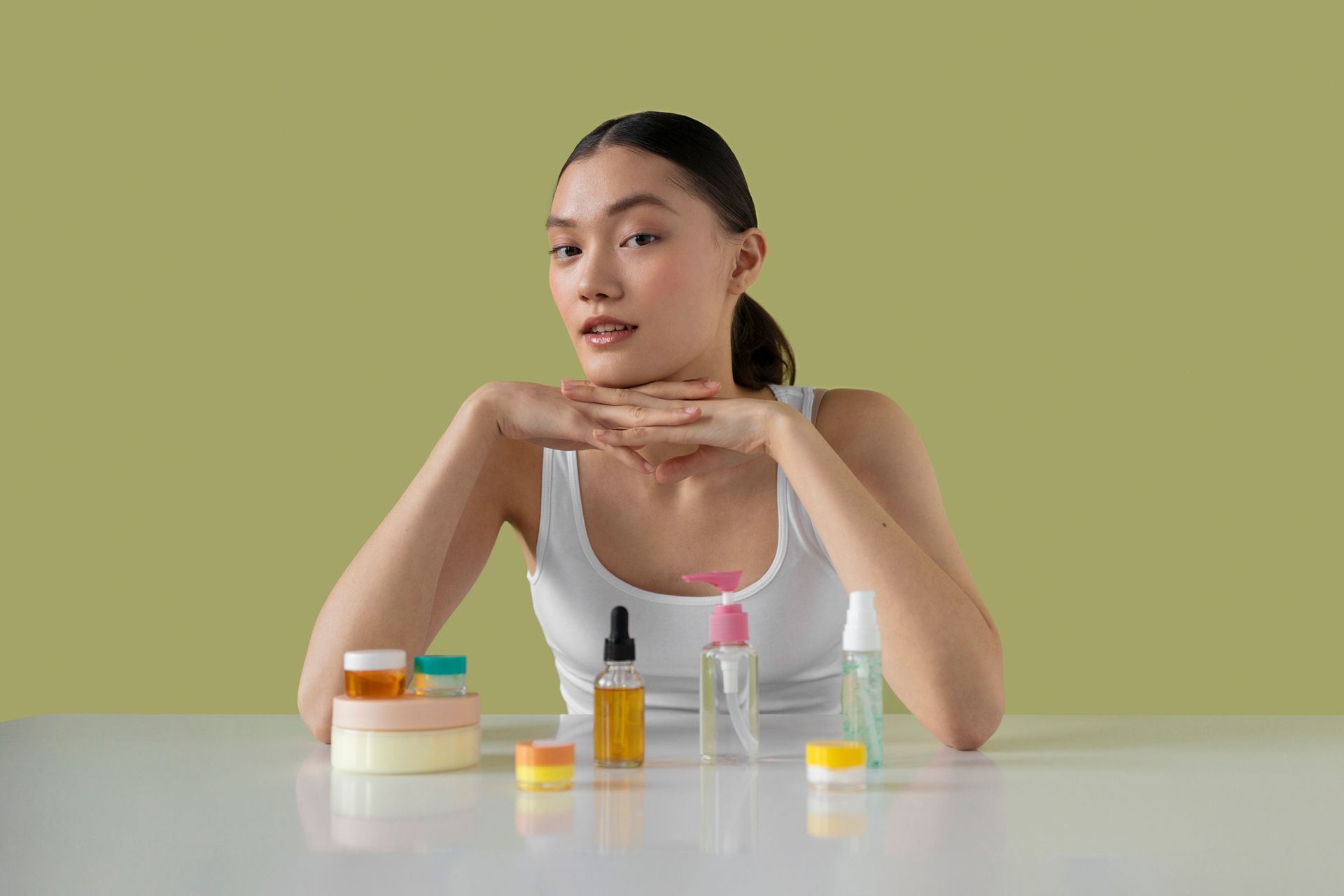How to Prepare for Upper Lip Laser Hair Removal
Getting laser hair removal on your upper lip is a quick and effective way to reduce unwanted hair—but how you prepare for your session plays a huge role in how successful (and comfortable) your treatment will be.
The upper lip is a small but sensitive area, and proper prep helps ensure fewer side effects, better results, and a smoother experience overall.
In this guide, you’ll learn exactly how to get ready for your appointment—from what to do (and avoid) beforehand to how to make sure your skin is laser-ready.
Why Preparation Matters for Laser Hair Removal
Laser hair removal works by targeting the pigment in hair follicles using heat. To do this safely and effectively, your skin must be in the right condition. If your skin is irritated, tanned, or your hair is too short or too long, it can affect:
- How well the laser works
- Whether the hair is properly targeted
- How your skin reacts after the session
That’s why prepping your skin correctly can reduce the risk of swelling, redness, burns, or uneven results—and make each session more efficient.
1. Avoid Sun Exposure for At Least Two Weeks
Sunburned or tanned skin is more sensitive to laser treatment and can increase the risk of burns or pigmentation issues. Keep your face protected:
- Avoid tanning (natural or artificial)
- Use broad-spectrum SPF 30+ daily
- Wear a hat or avoid midday sun if you're outdoors
If you’re already tanned, your provider may delay your appointment until your skin returns to its natural tone.
Does upper lip laser hair removal hurt?
Skip Waxing or Threading for 3–4 Weeks
For the laser to work, the hair root must still be present in the follicle. Waxing, threading, or tweezing removes the entire root, making the laser ineffective.
Instead, shave the area 12–24 hours before your session. Shaving removes surface hair but keeps the follicle intact for the laser to target.
Avoid Harsh Skincare Products
About 3–5 days before your appointment, stop using any active skincare products on your upper lip, especially:
- Retinoids (Retin-A, tretinoin)
- Alpha hydroxy acids (AHA)
- Beta hydroxy acids (BHA)
- Benzoyl peroxide
- Vitamin C serums (high concentration)
These ingredients can make your skin more sensitive to heat, increasing the risk of irritation or redness.
Stick to gentle cleansers and moisturizers leading up to your appointment.
Shave the Area Beforehand
Shave your upper lip the day before or morning of your session using a clean razor. This prevents the laser from targeting hair above the surface and reduces the risk of burning surface hair.
Be gentle—avoid nicks or cuts that could make your skin more reactive to the laser.
Arrive With a Clean, Product-Free Face
On the day of your session:
- Wash your face with a mild cleanser
- Do not apply makeup, lotion, SPF, or oils to the upper lip
- Avoid perfume, deodorant, or facial mists near the area
Your skin should be bare and clean so the laser can safely interact with it.
Communicate With Your Technician
Before your laser session, it’s important to share any medical or personal information that could affect your treatment. Let your technician know if you’re currently taking any medications, especially antibiotics or acne treatments like Accutane, which can make your skin more sensitive to light. Be upfront if you have active breakouts, cold sores, or any skin conditions around the upper lip, as laser should not be used over irritated or inflamed skin. It’s also essential to disclose if you’ve had any recent cosmetic treatments—such as chemical peels, microneedling, or intensive facials—as these can make the skin more reactive to heat. And if you’re pregnant or breastfeeding, your provider may recommend postponing treatment out of an abundance of caution.
How long does laser hair removal on upper lip last?
Prepare Mentally and Physically
Mental and physical preparation is also a part of the process. While laser hair removal on the upper lip is quick—often just five to ten minutes—and generally well-tolerated, being mindful of your body can make it even easier. It’s best to avoid caffeine and alcohol on the day of your session, as both can heighten skin sensitivity. Choose comfortable clothing, especially if you’ll be lying back during treatment. If you’re nervous about the discomfort, don’t hesitate to ask about numbing options beforehand. Most clients describe the sensation as a light rubber band snap or a warm prick—brief, manageable, and gone in seconds.
Final Thoughts
Preparing for upper lip laser hair removal is simple—but it makes a big difference in how well the treatment works and how your skin feels afterward. From avoiding the sun to skipping waxing, these small steps help you get the best results with the least irritation. If you’re ready to ditch daily hair removal routines and want long-term smoothness, book your consultation with Huggie Beauty and start your laser journey the right way
BOOK YOUR FREE SESSION










